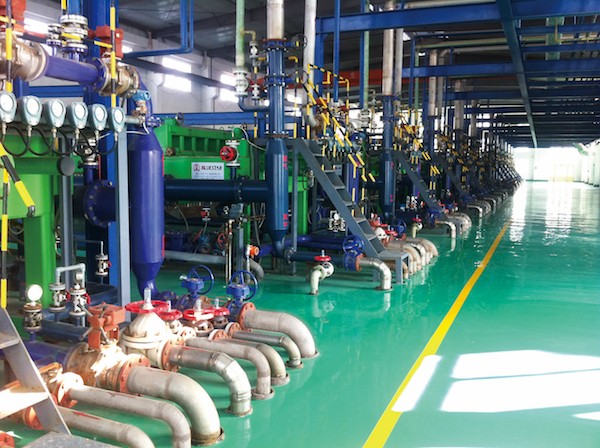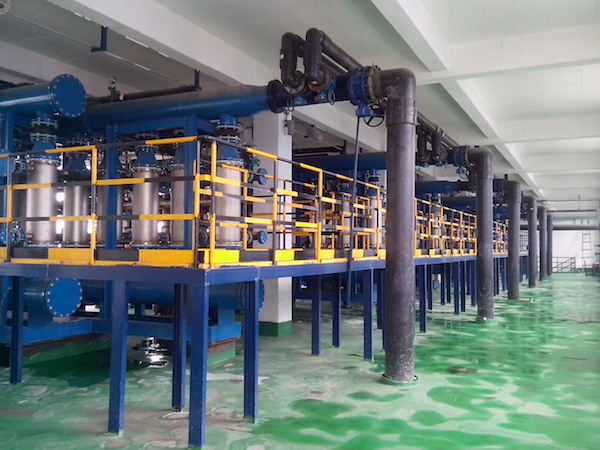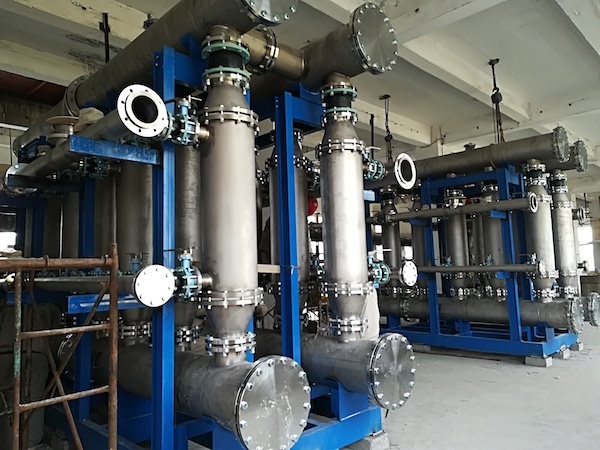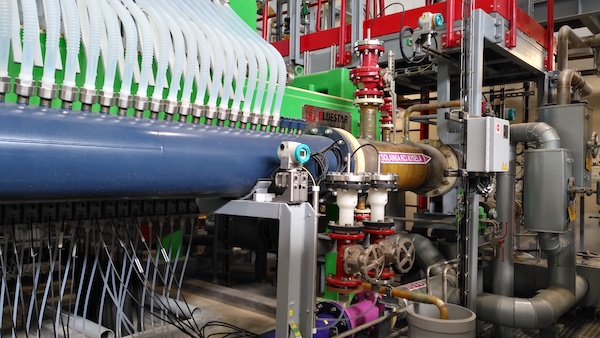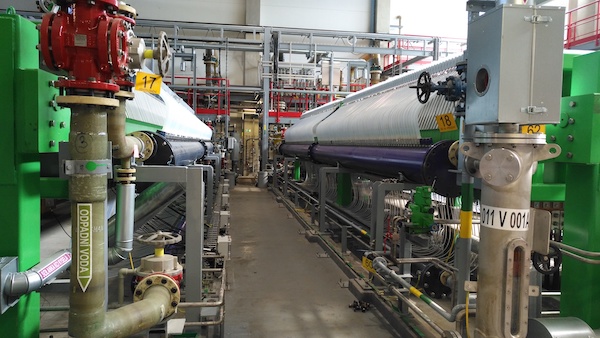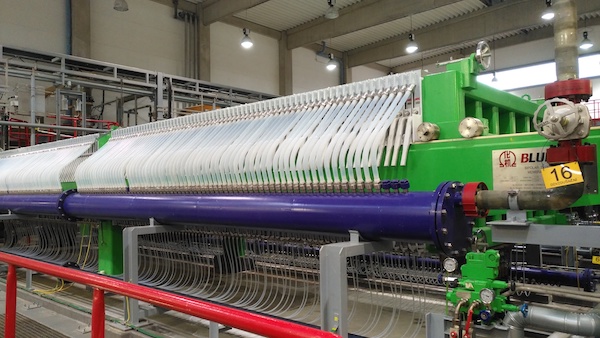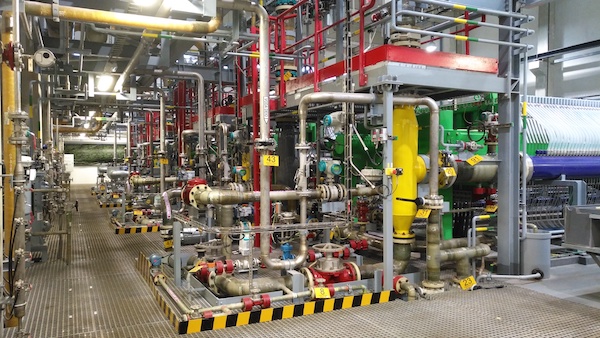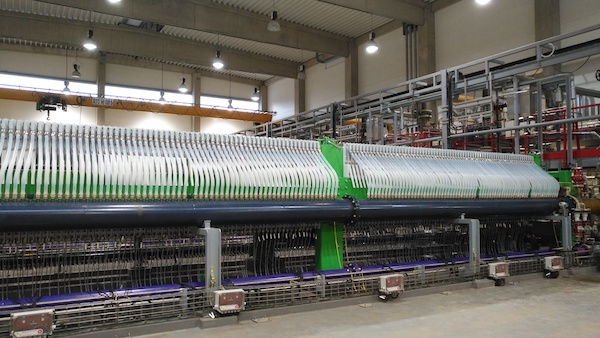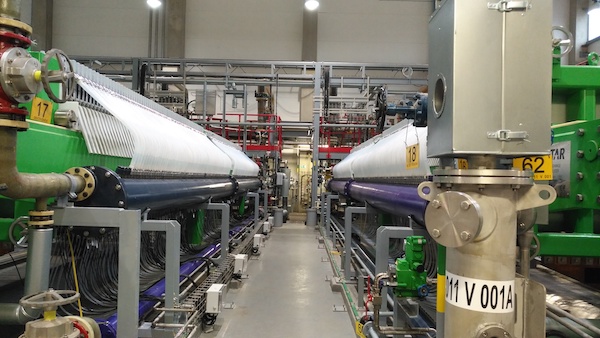The chlor alkali technology is a widely implemented technology. However, Ecarbtechnologies can offer some interesting innovation.
Firstly, the entire production cycle includes brine depuration sections depending on the salt quality and on the chlorine downstream requirements.
The chlor alkali design is finalized to obtain a safe plant with a high service factor and low industrial costs (variable and fixed costs).
Moreover, Ecarbtechnologies has adopted a bypass systems for the instruments and control valves (excluding just few items for safety reasons). A further value given by Ecarbtechnolgies to the chlor alkali technology is the adoption of CSO and CSC valves and of the operative manual, together with their periodical, occasional and stochastic maintenance. Furthermore, the process equipment life is carefully monitored.
Periodical controls are planned through the Plant Operative Manual, which allows to replace the expansive scheduled maintenance with a cheaper predictive maintenance, minimizing the stochastic events due to emergency shut down, which can cause production losts.
Ecarbechnologies has developed also special process multi-parameters optimization involving many variables, which are even from far plant section but deeply interconnected.
Bluestar electrolysers are used since they own a proven and robust design. Thermodynamic efficiency, simplicity and extreme reliability are the key points.
With over 145 installations worldwide and an overall installed capacity over 35 Mtons of NaOH, Bluestar provides such a wide range of references of long-time running plants.
The high number of Bluestar running plants shows the reliability and durability of its products and design. Bluestar is the only company at worldwide level which is able to produce the full set of electrolyser element internal parts, including the necessary electrodes coating, in a fully-automated production set-up, inspired by the most advanced production techniques.
Quality of critic parts will never depend on sub-suppliers and all the production process is constantly monitored. Optimal material selection for each component enables a surprisingly long operational life for anodes, membranes and cathodes. Ti-Pd anodic pan and Nickel 201 cathodic pans are both produced internally.
In case of maintenance, filter-press design makes disassembling operations easy and quick and the electrodes replacement guarantees the same efficiency of the original parts at the first start up, since anodic and cathodic meshes are completely replaced and not only recoated depositing a new coating upon a substrate of doubt conditions.
The electrolyser design also enables fast start/up and shut down procedures and saves at least 8 production hours for each cycle of shut down and start up.
The high reliability of the electrolysers, as well as the other plants components, causes very low frequency of stochastic plant shut down but, in our opinion, saves 8-16 production hours every year, which is also important for an efficient plant management.
Thanks to optimal gasket selection and huge precision of mechanical high quality tolerances, the sealing system prevents from any leak.
In terms of materials selection, Ecarbtechnologies design (together with Bluestar Electrolysis technology) represents the top of the technological offer worldwide. We mentioned the chlorate reactor, which is a critical point where the care of the manufacturing and material selection makes the difference in guaranteeing an expected life time.
In the downstream technologies, we mentione the alkali pre-concentration from 32 %p until 50 %p and the alkali concentration until 92 %p for the potash and 99,5 %p for the caustic soda. The flaking system and the flaker machine have a proprietary design developed with the Italian partner “Pennati Costruzioni Meccaniche Srl”. The design care is done to the knives regulation and the tray emptying, in case of multiple flakers special device guarantee the proper fluid flow repartition.



